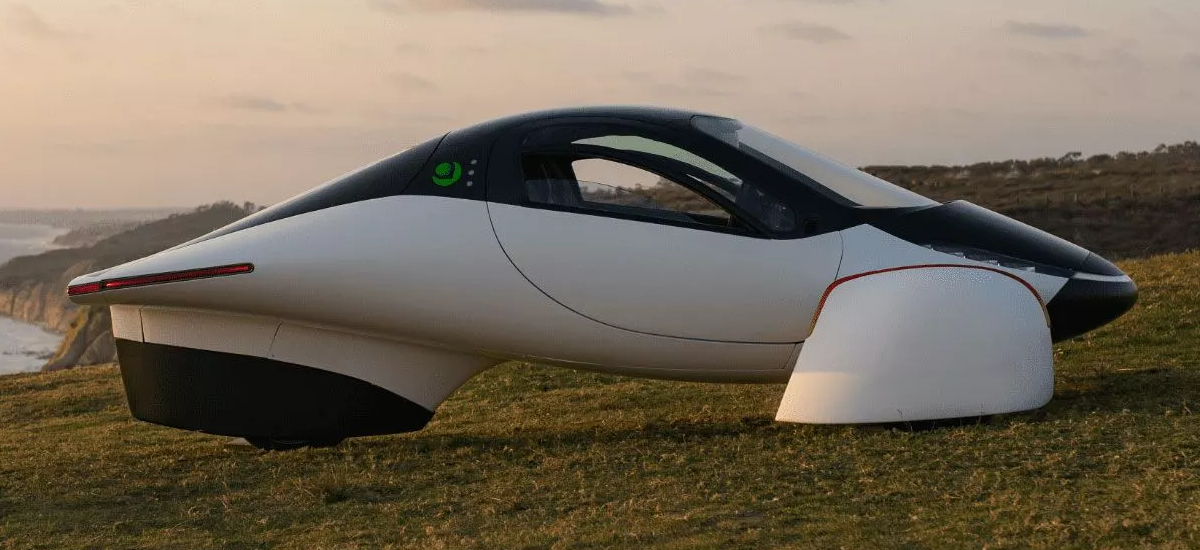
 Your Credit Estimate
Your Credit Estimate
 Your Credit
Your Credit
Your zip code helps us provide you with the most accurate vehicle pricing and vehicle availability.
We estimate your credit score to give you an idea of your monthly payments. To get an accurate payment amount, complete our credit application by clicking the Start Credit Application button below.
start credit application
Battery-electric vehicles (BEVs) are finally taking precedent in the auto industry. Every automaker has a BEV plan for 2030, such as the Stellantis Dare Forward 2030 business plan and the Kia Corp continuing to push forward with its Plan S Strategy. Even Nissan announced its first-ever BEV plan. The Hyundai Motor Group has bigger plans, working with the Next Hydrogen Corporation to make hydrogen fuel cell vehicles. If hydrogen is in the mix, that’s one stop away from having a tiny sun in the car, so why not go solar? That brings us to the American crowd funded startup company, Aptera Motors Corp., working on the world’s first solar electric vehicle.
A solar-powered car? The idea isn’t ground-breaking, and we’re sure someone somewhere has worked on the idea before, but Aptera will be making the first commercial solar-powered vehicle in the world. Already working on a Launch Edition vehicle to start its portfolio of Solar Electric Vehicles (sEVs) powered by the actual sun, there is one huge change that sEVs have that can break the BEV market. When the sun is source of power, there is no need to stop and charge up on the long drives. As long as there are sunny skies, drivers can go the distance.
Don’t worry, though. If drivers face a series of cloudy days or overcast – legendary in the “sunny state” of South Florida, the Aptera sEV can still charge up like the standard BEV. Able to plug into a 110-volt outlet, the same used for many home appliances, can provide 13 miles in about hour, or about 150 miles if charging overnight. When it comes to public charging stations, Aptera estimates about 100 miles in 10 minutes. Pretty stellar! Get it? Stellar, as in the sun and stars?
Anyways, Aptera uses a specialized composite structure called Body in Carbon (BINC) made up of a Carbon Fiber Sheet Molding Compound (CF-SMC) combined with Glass Sheet Molding Compound (SMC) to make a lightweight material consisting of short fibers that allow the company to mold the intricately shaped parts they need to make a sEV. After all, with the auto industry focused on BEVs, a new platform with new components will be needed to make this new type of vehicle. Stiffer and stronger that the standard SMC used today in car manufacturing, the time to produce a sEV is considerably shorter, and Aptera has plans to experiment with organic fibers like Hemp and Bamboo for a 100-percent environmentally-friendly take.
Able to hit a top speed of 101 mph, this solar-powered vehicle is nothing to snuff at. Able to accelerate from 0-60 mph in four seconds when equipped with an all-wheel drive (AWD) – six seconds when equipped with front-wheel drive (FWD) – the Aptera sEV also includes a Launch Mode for even more power. Basically, this sEV may even rival high-performance vehicles. Even giving current BEVs a run for their money, the Launch Edition is expected to start with a 400-mile range version before expanding. Only 2000 units will be produce, with production starting in late 2023. Not to worry though. The goal is 10,000 units-per-year once Aptera gets up and running, and test drives start in 2024 near their headquarters in Carlsbad, California and at auto events.
Who knew the future of automobiles would change so drastically in just a couple of years. Like computers, the technology is becoming more refined and more powerful in record time. You can keep up with car tech and learn more about what’s new in the auto industry when you follow us on NowCar social media.